The Nation Proving That Oil And Renewables Aren’t Opposed
After decades of world-leading oil and gas production, Norway is looking to stake its claim on a piece of the renewables market. But can the oil giant become a role model for green energy while still earning off its oil legacy? Just two years ago, Norway ranked 15th worldwide for oil production, and eighth for gas. Its longstanding relationship with oil and gas has allowed it to create its $1.4 trillion sovereign wealth fund to ensure that the country does not come to rely on oil and gas alone, by diversifying investments to the non-oil sector.
In April this year, Norway announced the first investment from the sovereign wealth fund into a renewable energy project. The Norges Bank Investment Management which manages the fund acquired a 50 percent stake in the Borssele offshore wind farm in the Netherlands from Denmark’s Ørsted A/S for $1.63 billion. The project is the second-largest operating wind farm in the world with a capacity of 752 megawatts, providing energy for around 1 million Dutch households every year.
At the local level, Raymond Johansen, Oslo’s governing mayor, has big plans for the Oslo Varme plant, a waste incinerator, which he intends to retrofit with €700m of carbon capture technology. If successful, the plant could be a model for other European cities and support the aim of a 95 percent reduction in Oslo’s carbon emissions by 2030.
As well as investing in renewable energy development, the government is also encouraging the public to make the switch from oil and gas use to alternatives. For example, Norway has waived high taxes charged for traditional cars for electric vehicles (EV), allowing owners to drive Teslas and other EVs in bus lanes, on toll roads for free, to access free parking and charging stations across the country. This is in the hope that only EVs will be sold in the country by as early as 2025.
Related: Why An Oil Deal Between Kurdistan And Baghdad Is Unlikely
But as Norway looks to renewable energy for domestic use, planning to make the shift away from gas and oil entirely, its oil production is far from over. The country is, in fact, increasing its oil production for export over the next decade ahead of an inevitable dip in demand as renewable energy becomes more readily available.
As Norway’s state-owned oil giant Equinor continues its significant exploration and production projects around the world, the country’s oil and gas activities are still going strong. And yet, at the national level, Norway runs almost entirely on renewable power.
At present, around 200,0000 people are employed in Norway’s oil and gas industry, meaning as the country makes the shift to renewable energy development it must consider the needs and expectations of a Norwegian population that continues to rely heavily on fossil fuels for employment.
Politicians argue that it is an asset for Norway to have its hands both in oil and gas as well as renewables as it has a longstanding history in the industry and can provide cleaner fossil fuel production, by adopting carbon capture and storage technologies to lower emissions, than its competitors.
Petroleum and Energy Minister Tina Bru explained, “I do not have a bad conscience for Norway being an ambitious climate nation at the same time as we have oil and gas production,” suggesting that her party would not be following the IEA road map because “if we were to decide tomorrow that we’ll stop producing oil and gas on the Norwegian shelf, other countries will say: ‘Okay, we will supply this’.”
As many criticize Norway for apparent hypocrisy, being both an oil and gas as well as a renewable energy leader may actually play to the country’s advantage. By developing a world-leading renewables sector while working to adapt its oil and gas production to become cleaner, Norway could continue to lead the way in both industries, ultimately encouraging others to adopt better practices.
By Felicity Bradstock for Oilprice.com

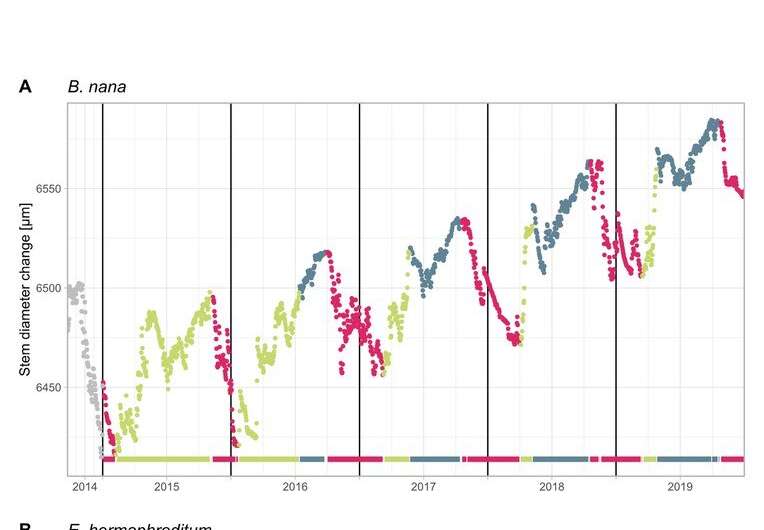
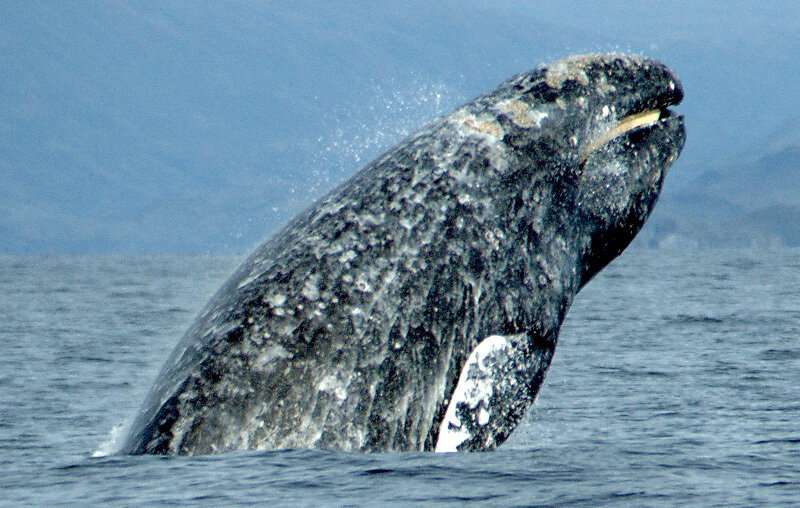
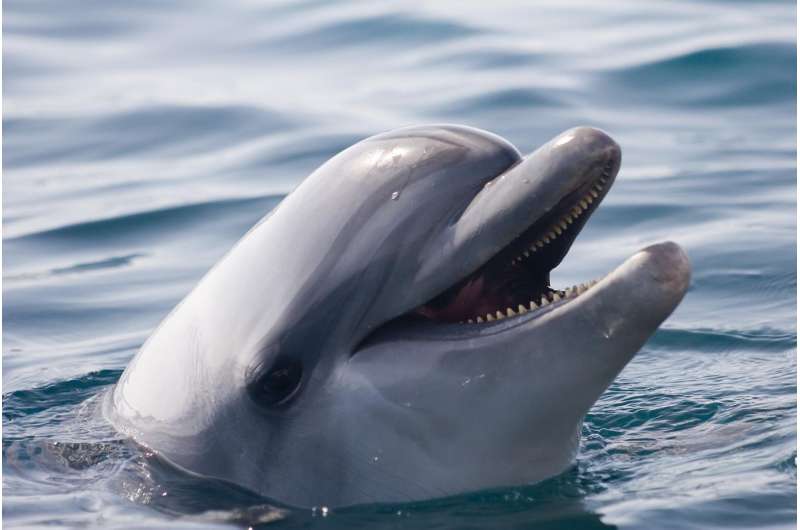

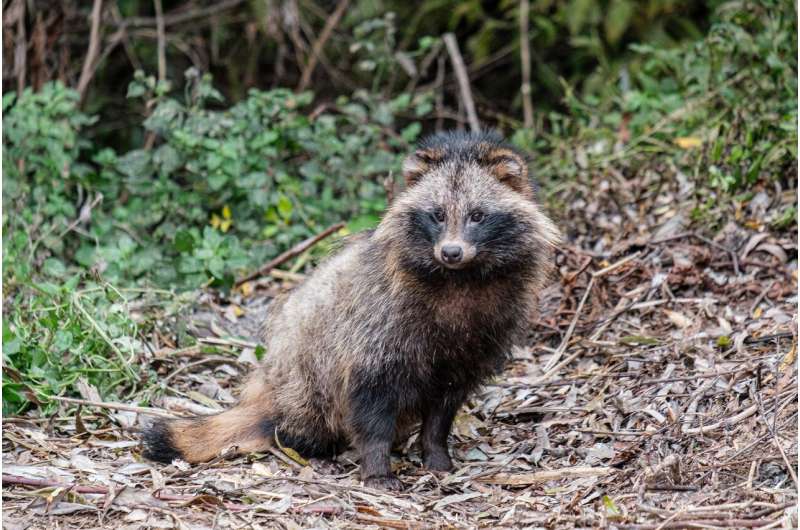


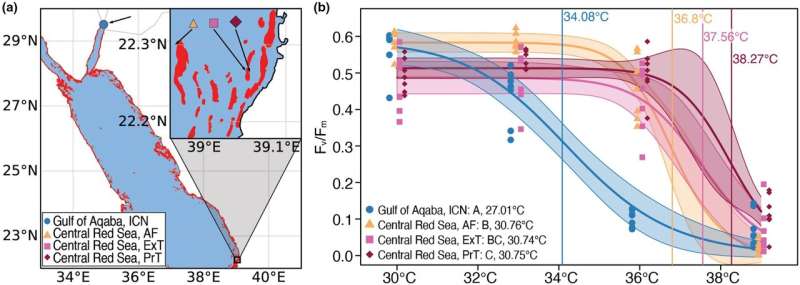 Study sites and temperature tolerance thresholds of corals from the northern and central Red Sea. (a) Map of Red Sea sites, reefs are shown in red. Seven coral colonies of S. pistillata from each of one site in the Gulf of Aqaba (ICN), northern Red Sea, and three central Red Sea sites near each other (AF, ExT, PrT) were collected and examined for heat stress response patterns. (b) Photosynthetic efficiency (Fv/Fm) over temperature curves and determined ED50 thermal tolerance thresholds as a proxy for coral bleaching susceptibility (sensu Evensen et al., 2021) of corals from the ICN, AF, ExT, PrT reef sites. ED50 thermal tolerance thresholds are denoted as vertical bars with temperature values at the top of the respective bar in the respective site color. Solid lines in each curve reflect the mean three parameter log-logistic model fit for each population (n = 7 colonies) with 95% confidence intervals represented by the shaded areas. Statistical differences among sites are indicated by letters in the panel legend with site-specific MMM temperatures denoted thereafter. Symbols denote measurements from individual samples. Blue circles, coral samples from the Gulf of Aqaba ICN site; yellow triangles, coral samples from the central Red Sea AF site; pink squares, coral samples from the Central Red Sea ExT site; dark red diamonds, corals from the Central Red Sea PrT site. Credit: DOI: 10.1111/mec.16064
Study sites and temperature tolerance thresholds of corals from the northern and central Red Sea. (a) Map of Red Sea sites, reefs are shown in red. Seven coral colonies of S. pistillata from each of one site in the Gulf of Aqaba (ICN), northern Red Sea, and three central Red Sea sites near each other (AF, ExT, PrT) were collected and examined for heat stress response patterns. (b) Photosynthetic efficiency (Fv/Fm) over temperature curves and determined ED50 thermal tolerance thresholds as a proxy for coral bleaching susceptibility (sensu Evensen et al., 2021) of corals from the ICN, AF, ExT, PrT reef sites. ED50 thermal tolerance thresholds are denoted as vertical bars with temperature values at the top of the respective bar in the respective site color. Solid lines in each curve reflect the mean three parameter log-logistic model fit for each population (n = 7 colonies) with 95% confidence intervals represented by the shaded areas. Statistical differences among sites are indicated by letters in the panel legend with site-specific MMM temperatures denoted thereafter. Symbols denote measurements from individual samples. Blue circles, coral samples from the Gulf of Aqaba ICN site; yellow triangles, coral samples from the central Red Sea AF site; pink squares, coral samples from the Central Red Sea ExT site; dark red diamonds, corals from the Central Red Sea PrT site. Credit: DOI: 10.1111/mec.16064